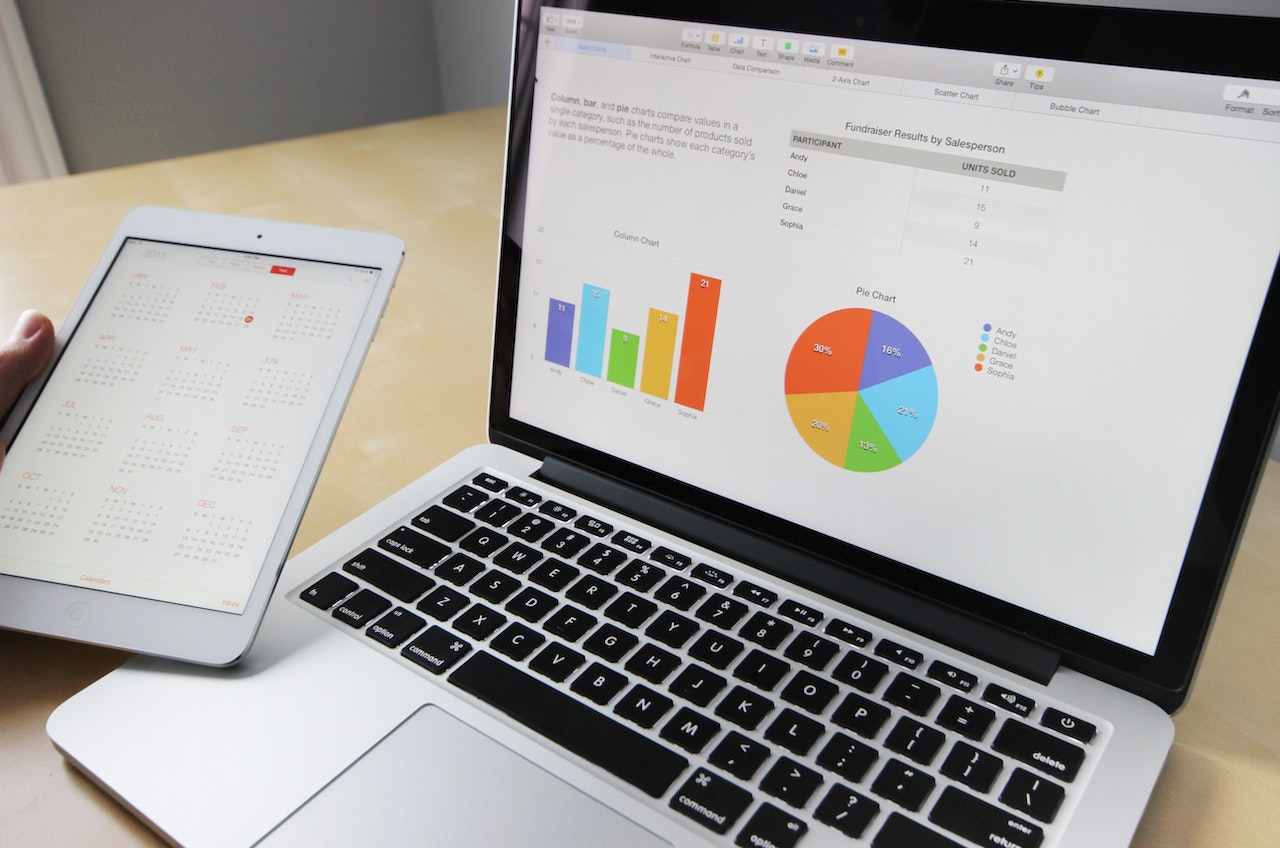Advanced Analytics, AI, ML, and BI Solutions
What Are Advanced Analytics, AI, ML, and BI Solutions?
Data isn’t the challenge in healthcare; it’s knowing how to access what is relevant about it.
In today’s healthcare environment, organizations are expected not only to store data but also to analyze and act upon it in a meaningful way. Advanced analytics, artificial intelligence (AI), machine learning (ML), and business intelligence (BI) make it possible to do so.
Although each of these technologies has a specific technical definition, taken together they shape how healthcare organizations interpret data, streamline operations, and improve patient outcomes.
- Advanced analytics leverages statistical models and algorithms to extract patterns and forecast outcomes.
- AI enhances cognitive capabilities by simulating human reasoning across high-volume tasks.
- ML takes the historical data and trains systems to recognize patterns, learn from them, and make better predictions over time.
- BI does the heavy lifting by turning raw data into something people can use.
In healthcare, these aren’t just nice-to-haves. They help shine a light on the parts of your operations that have traditionally been tough. Now, the data speaks clearly.
Why Data Matters in Healthcare
Every appointment booked, every claim processed, every call answered — each transaction creates a data trail. On its own, a single data point doesn’t say much. But together, these signals can tell powerful stories about what’s happening inside your organization.
What’s changing today is that healthcare teams now have the tools to listen to that story — to uncover patterns, spot risks early, and improve how clinical and administrative teams deliver care and manage costs. Storing data securely is still important, but the ultimate goal is making that data work for you and for the people you serve.
The combination of AI and data analytics allows healthcare organizations to:
- Predict missed appointments or identify high-cost patients with a high degree of accuracy.
- Identify gaps in documentation or coding issues that could impact reimbursement.
- Automate routine decision points and tasks to reduce administrative burden.
- Detect billing anomalies using machine learning in healthcare, observations that improve over time.
- Use BI dashboards to visualize network performance, call resolution metrics, or claims turnaround times.
In other words, predictive analytics in healthcare isn’t just about forecasting trends but also about changing outcomes in real-time.
Applications in Healthcare
Let’s bring this down to the practical level. Here’s how advanced analytics and AI quietly power everyday healthcare workflows:
- A hospital uses natural language processing (NLP) to mine unstructured clinical notes and extract diagnostic data for reporting and claims.
- A contact center deploys sentiment analysis to detect frustration or urgency in a caller’s voice, prioritizing faster resolution for at-risk patients.
- Healthcare data analytics identifies an unusual spike in procedures from a single provider, prompting an internal audit review for potential upcoding.
- A BI platform compares payment data across plans, surfacing discrepancies in reimbursement that help to improve payment integrity.
In each case, the tools aren’t replacing staff — they’re equipping them to make better, faster, and more consistent decisions.
Key Features
Advanced analytics and AI are only as effective as the infrastructure around them. Leading healthcare organizations build their systems around a few core capabilities:
- Data centralization: Bringing together claims, clinical, call center, and eligibility data into one secure platform.
- Custom predictive models: Tailored to specific payer or provider needs, from denial prevention to member engagement.
- NLP techniques: Applied to clinical documentation, patient feedback, and intake forms to surface meaning from free-text fields.
- Fraud detection algorithms: Built to recognize patterns and billing behaviors that deviate from norms.
- Real-time BI reporting: Tied directly to operational KPIs and stakeholder accountability.
- Integrated payment solutions: Automated systems that compare contracts, flag errors, and support audit readiness.
Whether the goal is to reduce waste, prioritize outreach, or identify risks, these capabilities enable healthcare organizations to take action before issues escalate.
Opportunities
Healthcare has no shortage of data. What sets leading organizations apart is their ability to interpret and act on that data.
Advanced analytics, AI, ML, and BI are no longer aspirational — they’re operational. They’re already embedded in the way the most adaptive healthcare teams approach revenue cycle management (RCM) quality and service delivery. And they’re changing what’s possible across the care continuum.
From optimizing claims workflows to informing population health strategies, these technologies give providers and payers a critical edge — making decisions faster, smarter, and better aligned with business goals and patient needs.
Featured Content
Frequently Asked Questions (FAQs)
How does Sagility use AI and ML to optimize healthcare operations?
Sagility applies AI and ML to reduce inefficiencies across claims processing, call centers, and billing. From predictive routing to the automation of adjudication support, these models are trained using healthcare-specific datasets, making the outcomes more precise and immediately actionable.
What types of predictive models are used in healthcare analytics?
Common models include patient readmission risk, no-show prediction, claims denial probability, and member churn forecasting. These models guide care planning, outreach strategies, and resource allocation.
How is BI applied in healthcare claims management?
BI tools help teams monitor denial trends, track payer performance, compare reimbursement rates, and identify coding gaps — all through custom dashboards and automated alerts. This brings transparency and accountability into RCM functions.
What is the role of sentiment analysis in patient interaction?
Sentiment analysis detects tone and emotion in patient communications — whether spoken or written. Healthcare call centers use it to prioritize escalations, tailor agent responses, and improve satisfaction scores without additional manual oversight.
How do analytics improve payment integrity processes?
Analytics identify billing irregularities, spot outlier trends, and verify alignment with payer contracts. By automating these checkpoints, health plans, and providers reduce revenue leakage and compliance risk.
What tools are used to detect fraudulent billing patterns?
Sagility leverages machine learning models, rule-based logic, and statistical outlier detection to monitor for fraud indicators like upcoding, duplicate billing, and provider anomalies, significantly improving early detection without over-flagging false positives.



